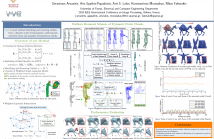
Recently, there has been increasing interest in the processing of
dynamic scenes as captured by 3D scanners, ideally suited for
challenging applications such as immersive tele-presence systems
and gaming. Despite the fact that the resolution and accuracy of
the modern 3D scanners are constantly improving, the captured
3D point clouds are usually noisy with a perceptive percentage of
outliers, stressing the need of an approach with low computational
requirements which will be able to automatically remove the outliers
- Categories:
 30 Views
30 Views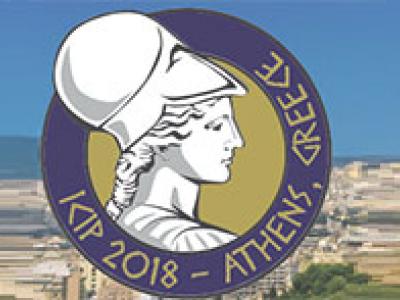
- Read more about DEPTH FROM GAZE
- Log in to post comments
Eye trackers are found on various electronic devices. In this paper, we propose to exploit the gaze information acquired by an eye tracker for depth estimation. The data collected from the eye tracker in a fixation interval are used to estimate the depth of a gazed object. The proposed method can be used to construct a sparse depth map of an augmented reality space. The resulting depth map can be applied to, for example, controlling the visual information displayed to the viewer.
Poster.pdf
- Categories:
 40 Views
40 Views
- Read more about VR IQA NET: Deep Virtual Reality Image Quality Assessment using Adversarial Learning
- Log in to post comments
In this paper, we propose a novel virtual reality image quality assessment (VR IQA) with adversarial learning for omnidirectional images. To take into account the characteristics of the omnidirectional image, we devise deep networks including novel quality score predictor and human perception guider. The proposed quality score predictor automatically predicts the quality score of distorted image using the latent spatial and position feature.
- Categories:
 25 Views
25 Views- Read more about 3D Mesh Coding with Predefined Region-of-Interest
- Log in to post comments
We introduce a novel functionality for wavelet-based irregular mesh codecs which allows for prioritizing at the encoding side a region-of-interest (ROI) over a background (BG), and for transmitting the encoded data such that the quality in these regions increases first. This is made possible by appropriately scaling wavelet coefficients. To improve the decoded geometry in the BG, we propose an ROI-aware inverse wavelet transform which only upscales the connectivity in the required regions. Results show clear bitrate and vertex savings.
- Categories:
 28 Views
28 Views- Read more about 360-degree Video Stitching for Dual-fisheye Lens Cameras Based On Rigid Moving Least Squares
- Log in to post comments
Dual-fisheye lens cameras are becoming popular for 360-degree video capture, especially for User-generated content (UGC), since they are affordable and portable. Images generated by the dual-fisheye cameras have limited overlap and hence require non-conventional stitching techniques to produce high-quality 360x180-degree panoramas. This paper introduces a novel method to align these images using interpolation grids based on rigid moving least squares. Furthermore, jitter is the critical issue arising when one applies the image-based stitching algorithms to video.
- Categories:
 285 Views
285 Views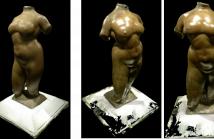
High-fidelity virtual content is essential for the creation of compelling and effective virtual reality (VR) experiences.
- Categories:
 6 Views
6 Views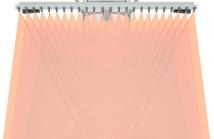
- Read more about A Novel Kinect V2 Registration Method For Large-Displacement Environments Using Camera And Scene Constraints
- Log in to post comments
In a lot of multi-Kinect V2-based systems, the registration of these Kinect V2 sensors is an important step which directly affects the system precision. The coarse-to-fine method using calibration objects is an effective way to solve the Kinect V2 registration problem. However, for the registration of Kinect V2 cameras with large displacements, this kind of method may fail. To this end, a novel Kinect V2 registration method, which is also based on the coarse-to-fine framework, is proposed by using camera and scene constraints.
- Categories:
 68 Views
68 Views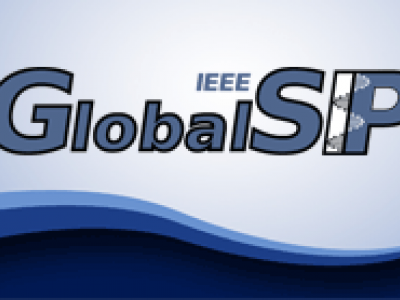
- Read more about Surface-based background completion in 3D scene
- Log in to post comments
- Categories:
 5 Views
5 Views
- Read more about Three-dimensional Reconstruction from Heterogeneous Video Devices With Camera-In-View Information
- Log in to post comments
In this work, a 3D modelization of the surrounding environment is enabled with an improvised ad-hoc camera networks of both static and mobile devices (cloud vision network).
poster.pdf
- Categories:
 15 Views
15 Views